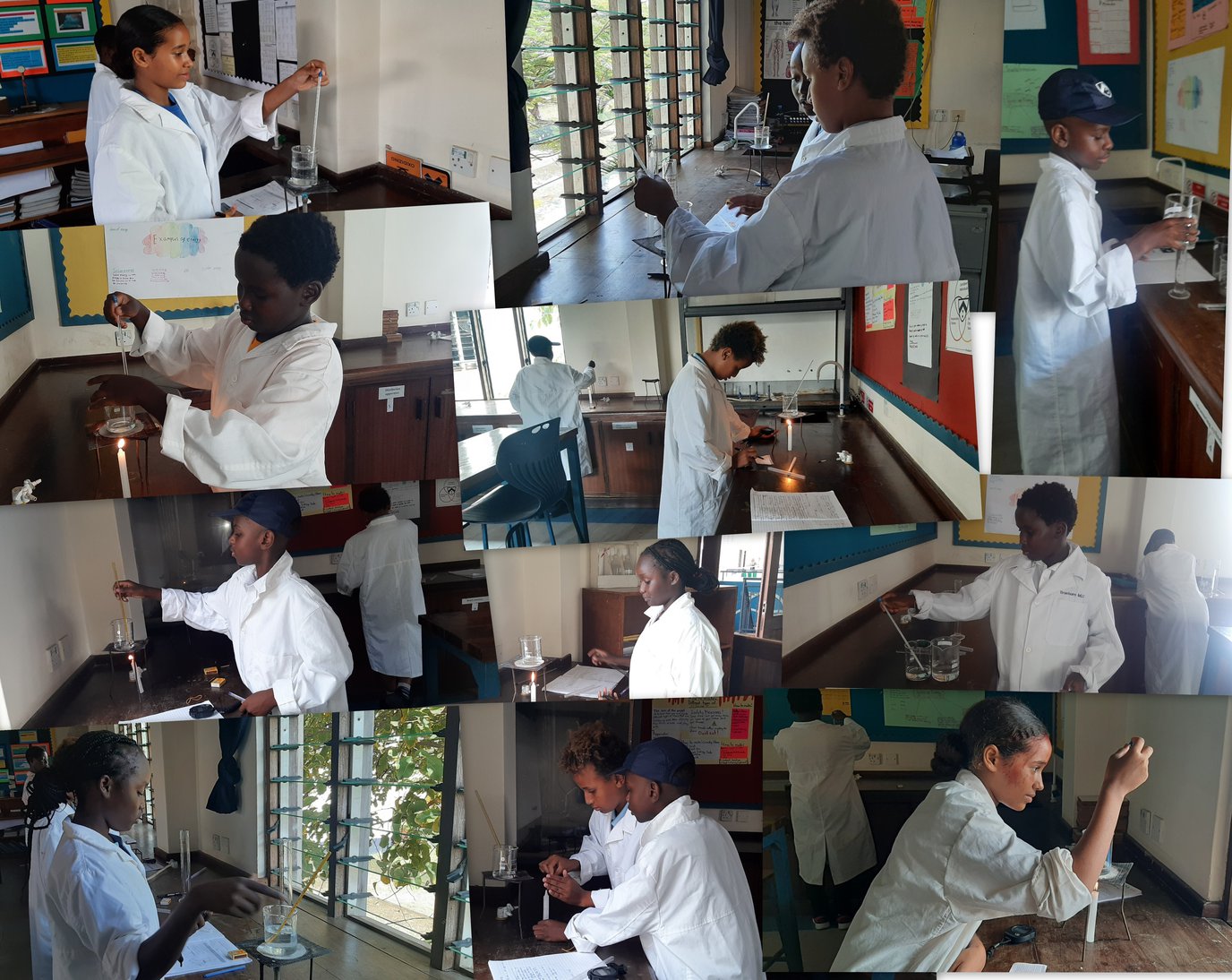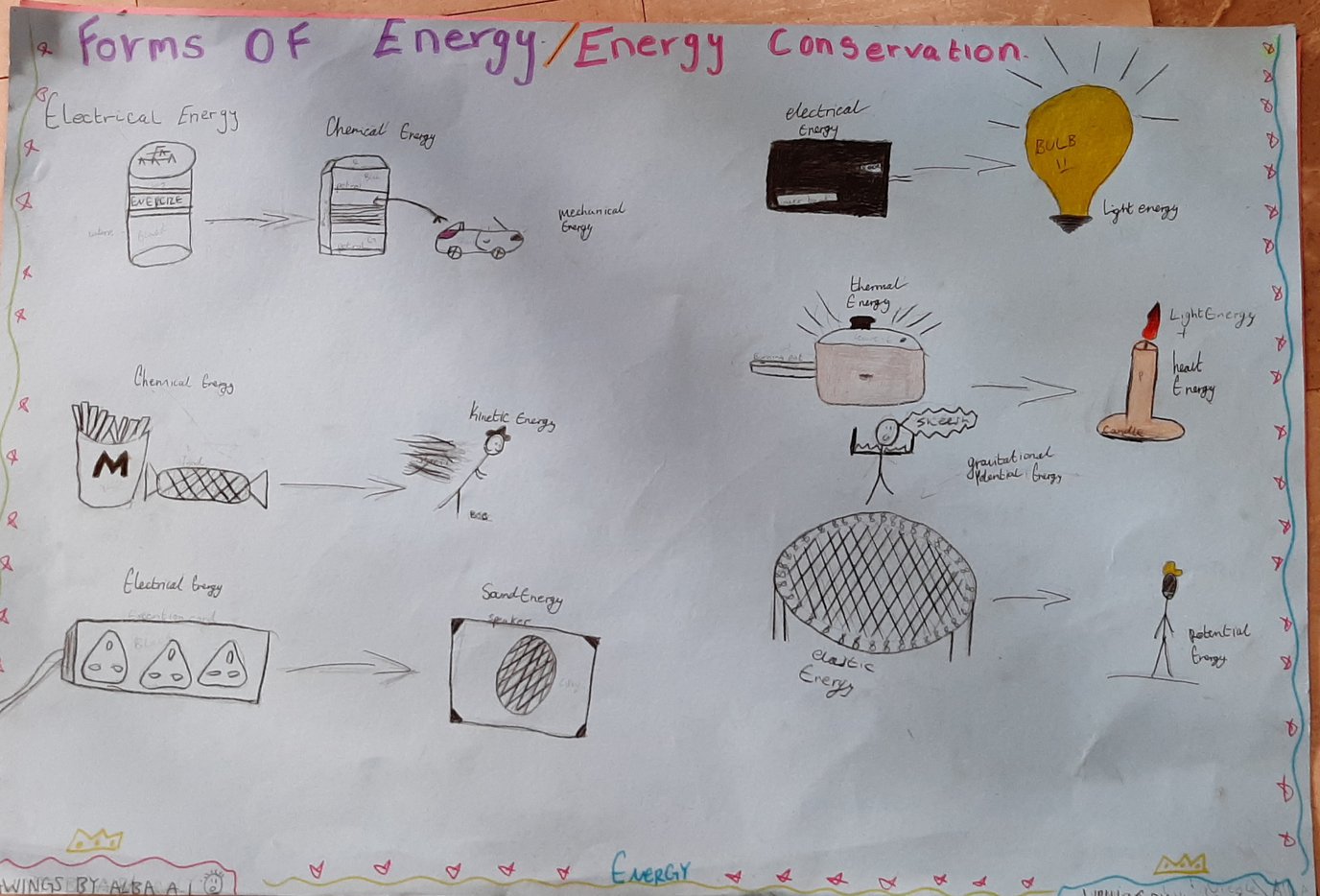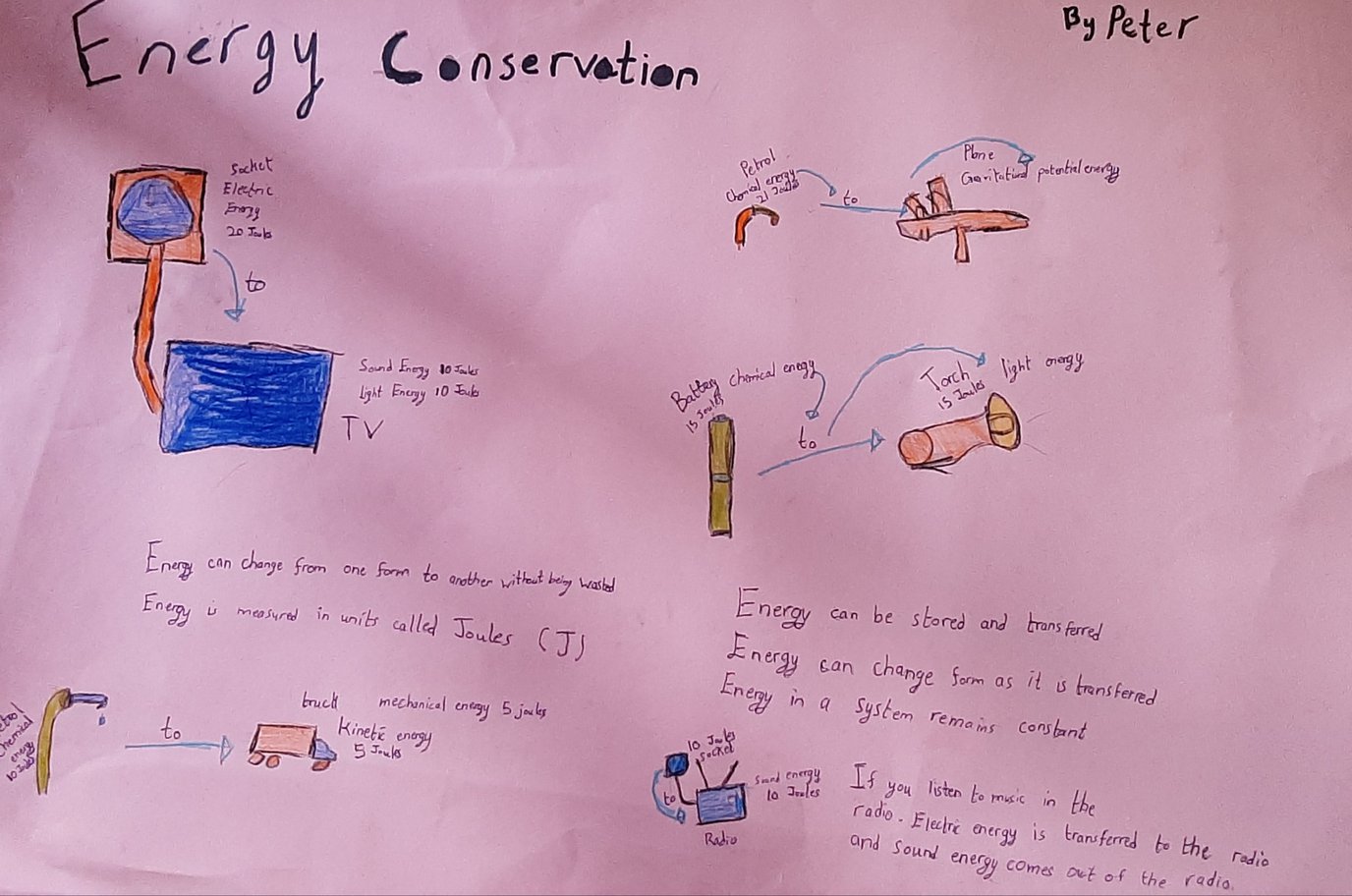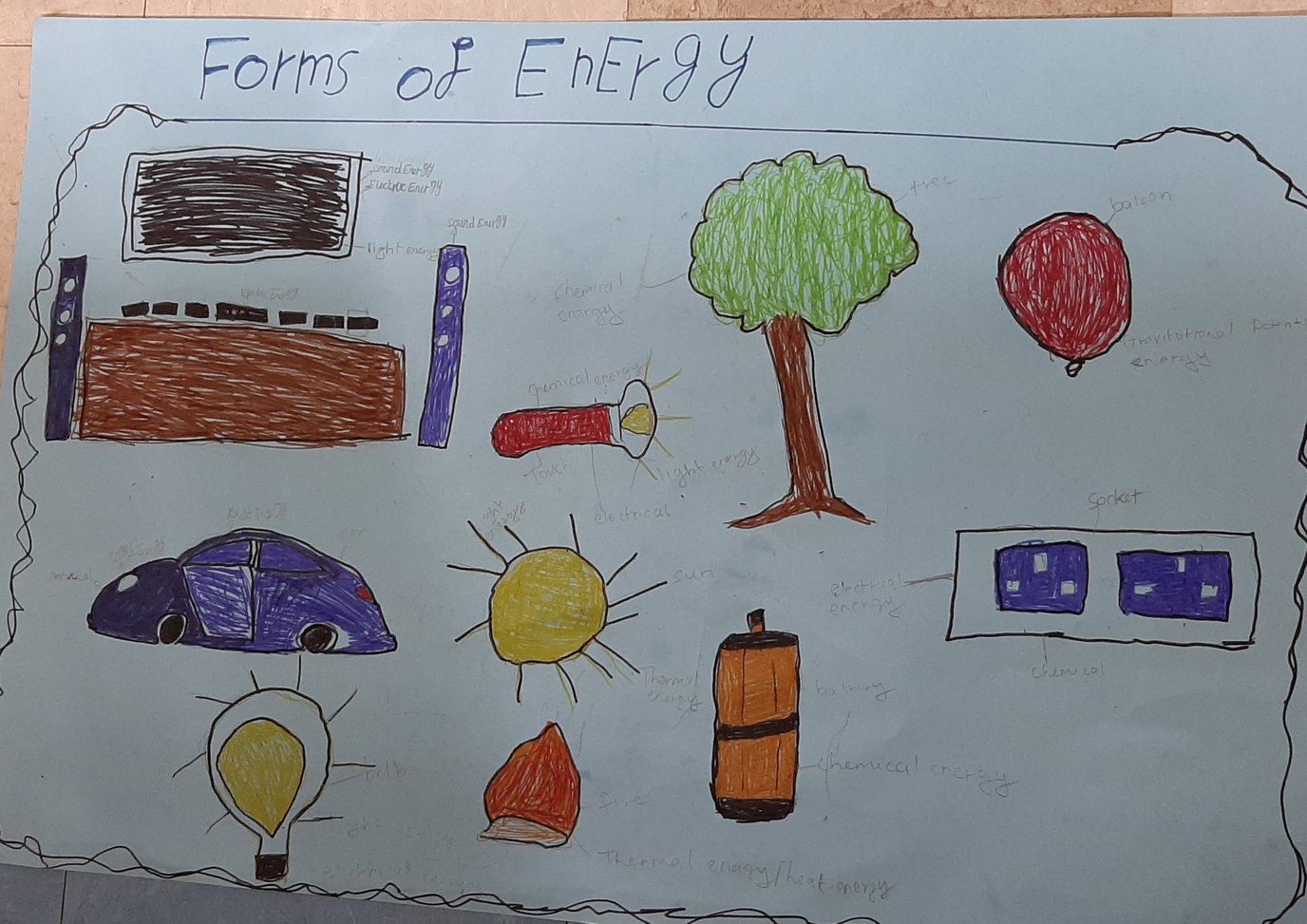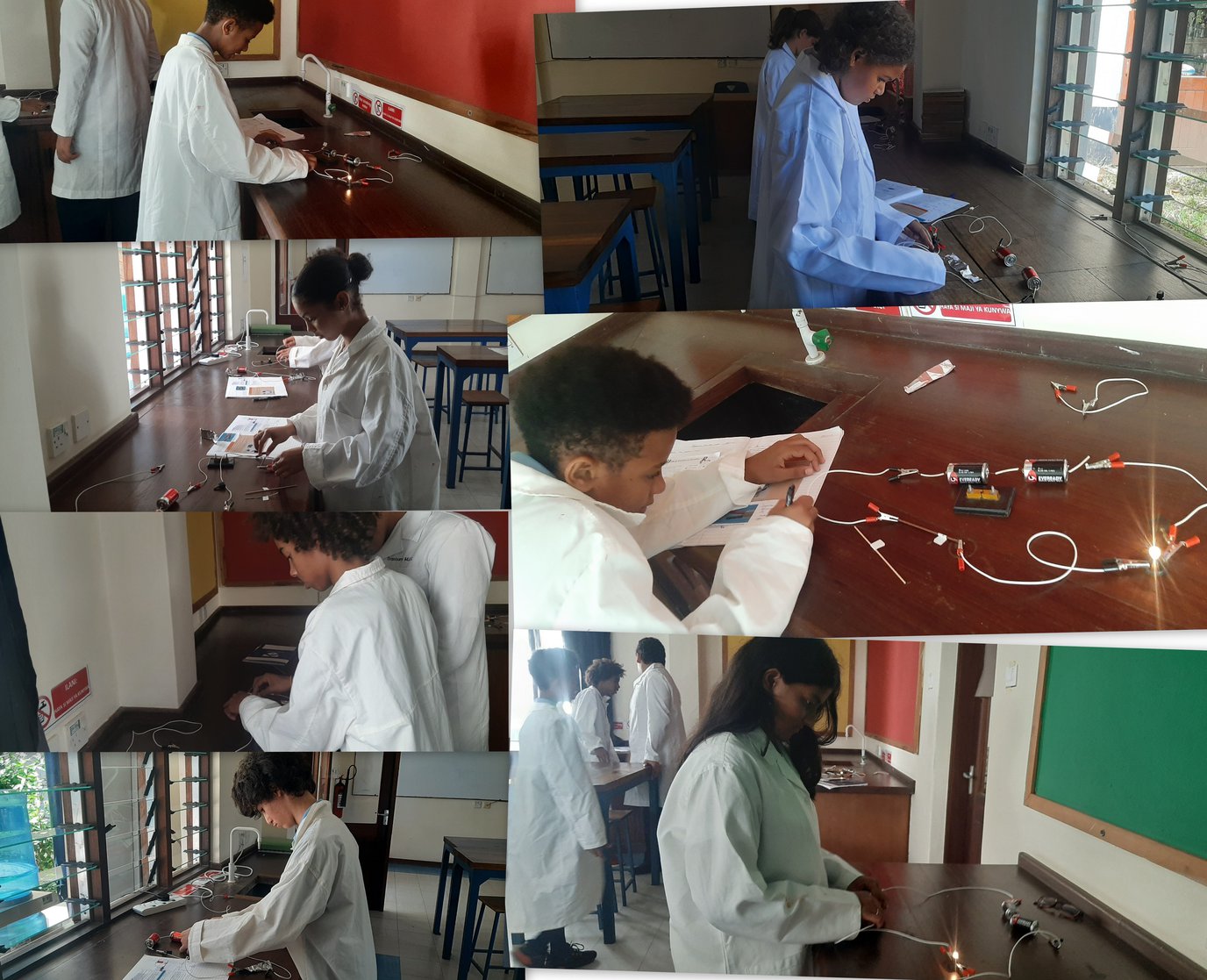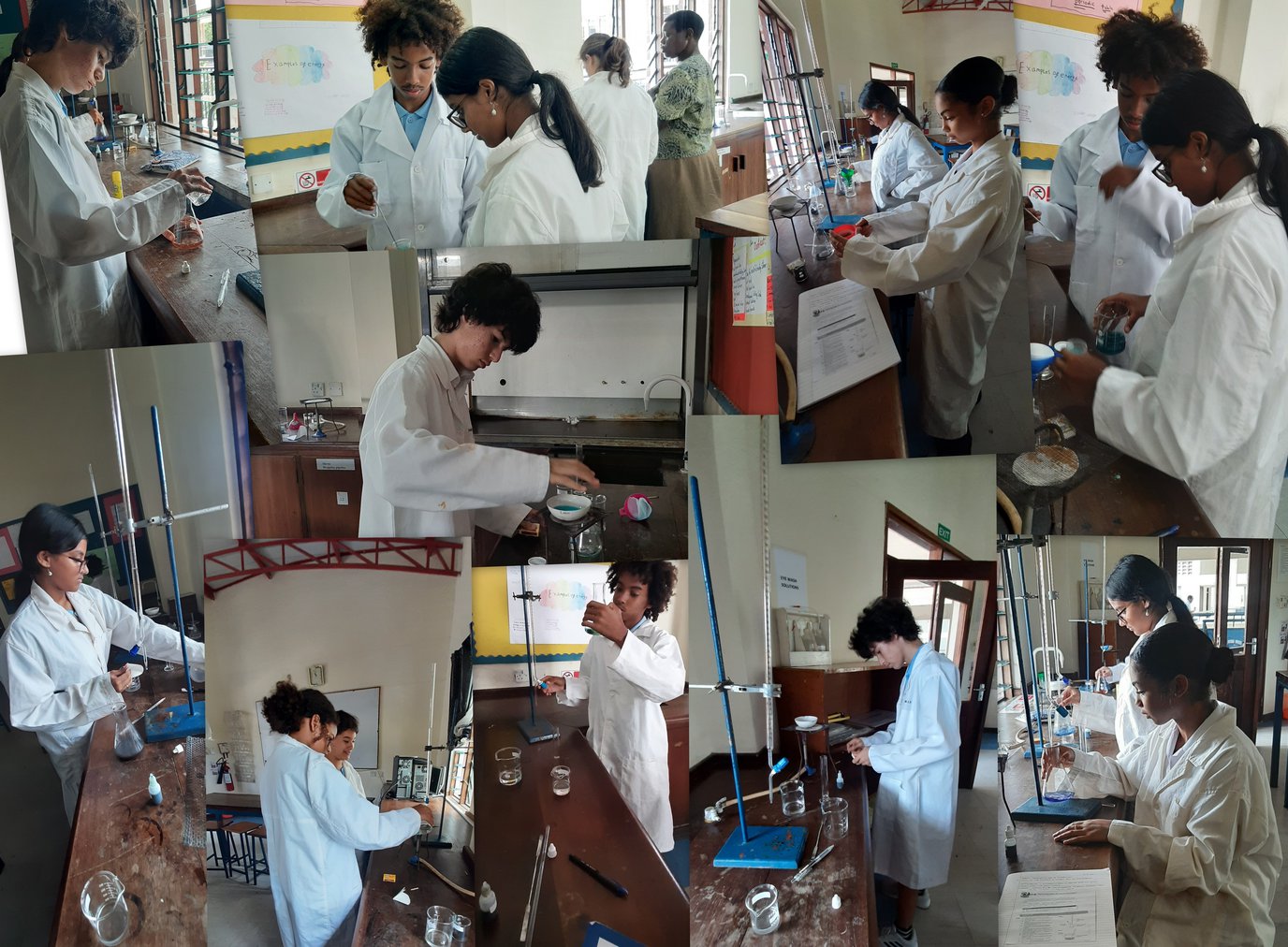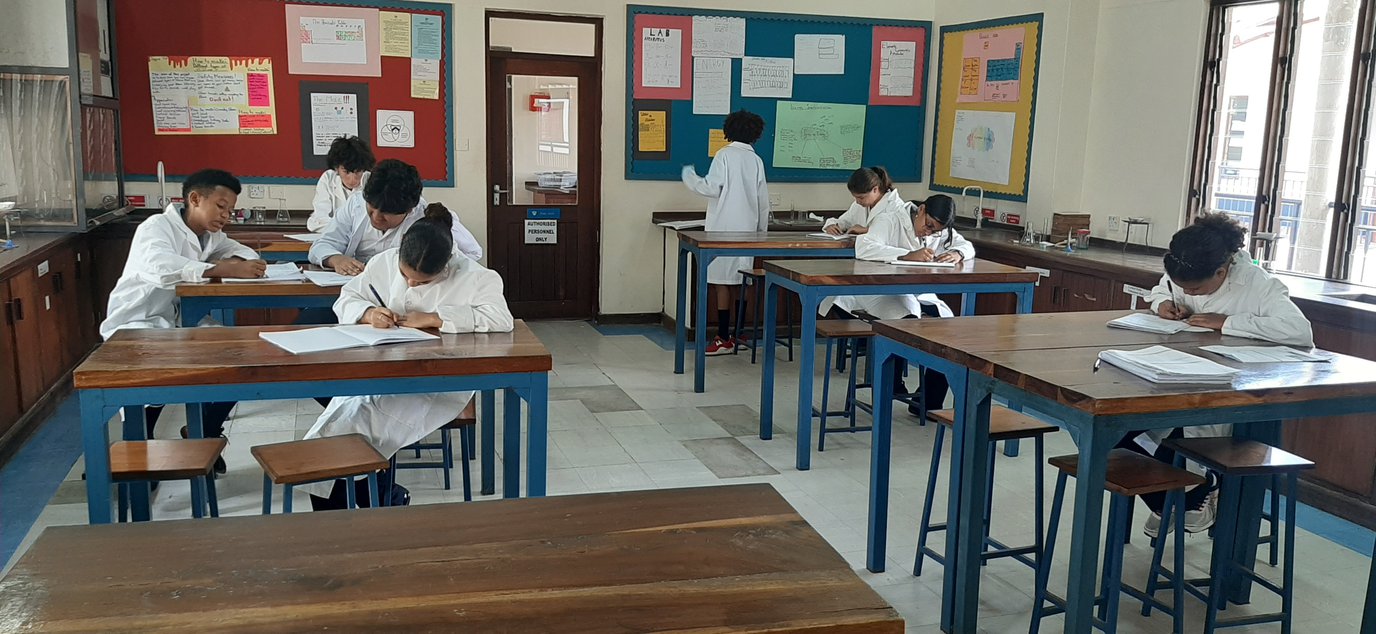KS3 Science News
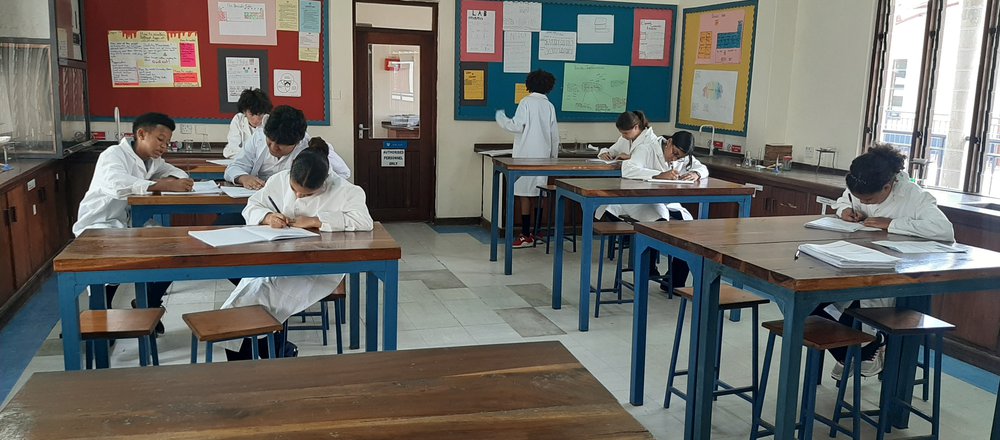
25th November 2022
Year 7
Year 7 students have been studying forms of energy around the world, researched and related these forms to their day-to-day life. Some of their findings include examples of how energy is used or transformed:
- Objects that are moving, such as a roller coaster, have kinetic energy. When you hit something with a hammer, first you move up the hammer to let potential energy be stored in the hammer. Then you let it move down. As it moves down, velocity keeps on increasing and the hammer keeps on gaining kinetic energy. When the hammer hits the object, all the kinetic energy stored in the hammer gets released in the target object.
Students are able to notice the cross-curriculum link to the energy forms especially during games lessons when for example they hit the cricket ball with a bat with a large movement of the bat. From the just concluded sports day they related discus throwing, and how they moved their bodies in circular motion, so that the discus gains kinetic energy, before throwing it.They also watched a clip on how during washing of the cars and vehicles, water jets are used. Kinetic energy stored in the water jet helps remove dirt particles stuck to the body of the vehicle.
Finally, students came up with posters to display the concepts they learnt from the energy topic and carried out practicals to investigate energy. They learnt how to light up a bunsen burner, use a timer, take thermometer readings and draw graphs from the results they obtained from the experiments.
Year 8
Year 8 students carried out experiments to investigate light. They used a candle and cardboard to demonstrate how light travels in a straight line. They also demonstrated how to use light travelling in a straight line to explain the formation of shadows by an opaque object. Another task was to investigate reflection at a plane surface and use the law of reflection. Students observed refraction at the boundary between air and glass or air and water using the bending pencil, and the disappearing coin trick.
Year 9
Year 9 students had a series of practicals on circuits. They learnt how an electric circuit is a closed loop network which provides a return path for the flow of current. They Investigated the flow of charge in a circuit using common types of components, including cells, wires, bulbs and switches.
Students can now connect, interpret and draw simple parallel and series circuits, measure current using ammeters and voltage using voltmeters, they can also explain how current divides in parallel circuits. Students were able to demonstrate how to make a parallel circuit by building their own.
Mrs Okech
Science teacher
